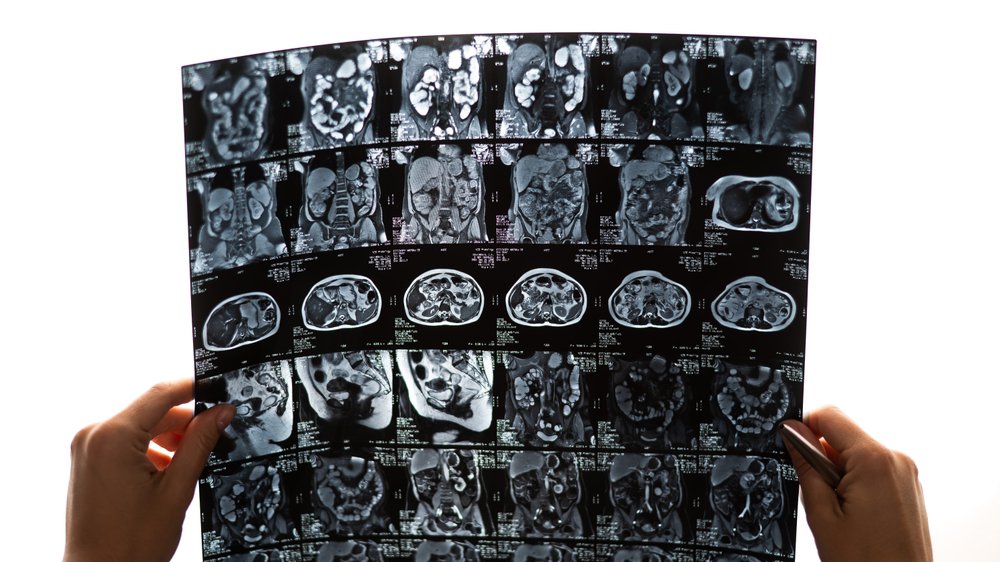 Uncovering the cause of abdominal pain can be a complex process. A myriad of conditions and diseases can trigger discomfort in this region, often making it challenging for medical professionals to pinpoint the exact cause.
Uncovering the cause of abdominal pain can be a complex process. A myriad of conditions and diseases can trigger discomfort in this region, often making it challenging for medical professionals to pinpoint the exact cause.
One of the tools physicians frequently turn to is gastrointestinal magnetic resonance imaging (MRI). This non-invasive procedure provides a detailed view of the digestive system, thereby facilitating a more precise diagnosis. In this blog, we delve into the nuances of gastrointestinal MRI scans, shedding light on their role in the journey toward understanding, diagnosing, and resolving abdominal pain.
Understanding Abdominal Pain
The abdomen houses a multitude of organs, including the stomach, liver, gallbladder, pancreas, spleen, kidneys, adrenal glands, and intestines. When any of these organs experience a disorder or trauma, it can lead to abdominal pain.
Sometimes that pain is as benign as indigestion or gas, but in some cases, it can also be the harbinger of more serious conditions. Factors such as the location, intensity, duration, and accompanying symptoms of the pain can help in discerning its source. Pain that is severe, persistent, or accompanied by other alarming symptoms such as fever, unexplained weight loss, or blood in the stool generally indicates a serious condition that requires immediate medical attention.
The Role Of Gastrointestinal MRI in Diagnosing Abdominal Pain
Gastrointestinal MRI, an imaging test of the abdomen, provides a comprehensive look into the digestive system. The MRI machine generates a strong magnetic field, radio waves, and a computer algorithm to create detailed images without any radiation.
The detailed images produced by the MRI scan give physicians a profound insight into the various organs, tissues, and blood vessels within the abdomen. It allows them to observe any abnormalities or changes which could be the source of pain. These might show up as unusual shapes, sizes, or positions of the organs, or as masses or growths within them.
With the help of MRI machines, doctors can visualize the cause of abdominal pain more accurately, leading to more effective treatment strategies. MRI exams can help identify potential problems in the liver, pancreas, gallbladder, and spleen, as well as inflammation, infection, obstructions, or cancer, which require specialist attention.
How a Gastrointestinal MRI Procedure is Conducted
Before undergoing a gastrointestinal MRI, some preparation might be necessary. Patients are sometimes required to fast for several hours prior to the scan to ensure clear images, and once at the center, they will need to remove any metal or electronic devices from their person, like jewelry or a smartwatch. Additionally, if you have or use any implanted medical devices, let the technician know before the exam begins.
During the MRI scan, patients lie on a movable examination table. The table then slides into the center of a large cylindrical MRI machine. The procedure is totally painless, but the machine does make clicking and humming noises. The MRI technologist performs the procedure from an adjacent room, but the patient can communicate with their technologist at any time using an intercom.
The length of the procedure can vary, but it generally takes between 20 and 30 minutes. The patient will be asked to lie still during the actual MRI scanning. Depending on the type of exam, a contrast material may be used to enhance the visibility of certain tissues or blood vessels. This contrast material is usually injected into a vein in the patient's arm.
MRI exams are painless, non-invasive, and don't use ionizing radiation, making them a safe and vital tool in the diagnosis and management of abdominal pain.
Understanding MRI Results
Interpreting the results of a gastrointestinal MRI requires specialized knowledge and expertise. A radiologist will analyze the images produced by the scan, looking for any abnormalities or changes in the organs, tissues, and blood vessels of the abdomen. These could manifest as unusual sizes, shapes, or positions of the organs, or as masses or growths within them.
MRI results can reveal a variety of conditions, and by comparing the MRI images against normal anatomical images, medical professionals can make a more accurate diagnosis and devise an effective treatment plan. The radiologist will create a report, and the report and the images will be shared with the referring provider.
Follow-up consultations are a crucial part of the process. During these appointments, your referring doctor will discuss the MRI results with you, explaining the findings and their implications. These consultations offer an opportunity for the patient to ask questions, and for the doctor to provide advice and guidance on the next steps. This could involve further diagnostic tests, monitoring, medication, or surgery depending on the identified cause of the abdominal pain.
Why Choose Smart Scan Medical Imaging
As a leading figure in the field of MRI, the smart Smart Scan team is committed to using the most advanced imaging technologies to improve patient outcomes. Each of our clinics in Eau Claire, Wausau, and Madison is equipped to provide top-tier diagnostic imaging services, including state-of-the-art gastrointestinal MRI scanning.
With our brand new, state-of-the-art GE Voyager 1.5T wide-bore MRI Scanner, we're able to provide medical professionals with the detailed data they need to make accurate diagnoses while keeping our patients comfortable. Our team of dedicated technologists and subspecialized body radiologists are all highly trained and certified, offering the highest levels of care to each patient.
In addition, we are dedicated to providing patient-first prices, ensuring that high-quality care is accessible to all.
We invite you to explore our services and see the Smart Scan difference for yourself!
Reach out to Smart Scan Medical Imaging today to discover more about MRI scans, or conveniently schedule your first appointment online. We look forward to getting you the help you need!

